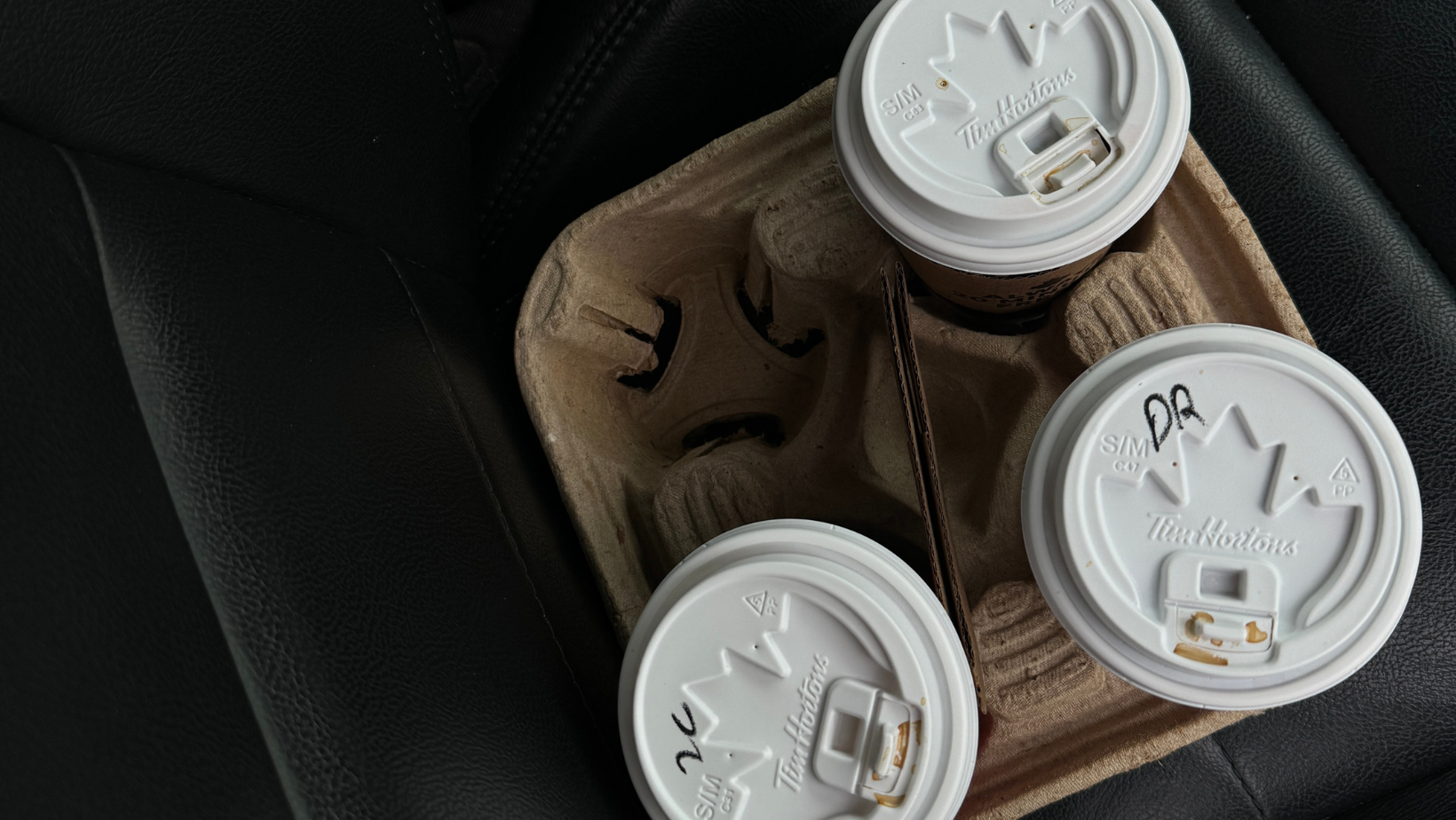In a recent incident involving TIME Magazine, prominent articles featuring Taylor Swift, Sam Altman, and the James Webb telescope were inaccurately flagged as unsafe for advertising. This misclassification, attributed to DoubleVerify and AdSafe, not only resulted in missed advertising opportunities but also underscored the critical need for precise content classification in the digital advertising realm.
TIME Magazine's CEO, Jessica Sibley, addressed the issue at the Possible conference in Miami, highlighting the detrimental impact of broad brand safety filters on reputable publishers. Despite assurances of contextual language analysis, brand safety technology failed to account for the nuanced context of TIME's reporting, resulting in misguided classification decisions.
Of particular concern was the misclassification of Taylor Swift's Person of the Year feature, her first interview in five years, as non-inclusive of women due to language related to feminism. Similarly, the article on the James Webb telescope was flagged for describing the death of a star as violent, while a profile of Sam Altman's public interview after being fired and rehired by OpenAI was deemed unsafe.
To address these challenges, TIME Magazine collaborated with measurement startup Mobian, founded by Moat's Jonah Goodhart. While Mobian's metrics encompass various campaign performance indicators, including brand safety ratings, the root cause of false brand safety alerts remains unaddressed. However, the partnership has shed light on the importance of brand safety considerations in publisher-advertiser conversations.
Reticle AI offers advertisers a reliable solution to navigate brand safety challenges effectively. By leveraging Reticle AI's advanced algorithms, advertisers can ensure alignment with suitable content and capitalize on valuable advertising opportunities. In the case of the TIME Magazine incident, Reticle AI accurately classified the content as "Trendy," accumulating 354K URLs over two days and 1.2 million URLs over a week, showcasing the significant missed opportunity for advertisers not utilizing our platform.
In essence, while brand safety measures serve as a foundational safeguard, they alone may not suffice in guaranteeing optimal media placement. By incorporating additional strategies like contextual targeting, proactive monitoring and bespoke suitability guidelines, brands can fortify their position and enhance the effectiveness of their programmatic advertising efforts.





